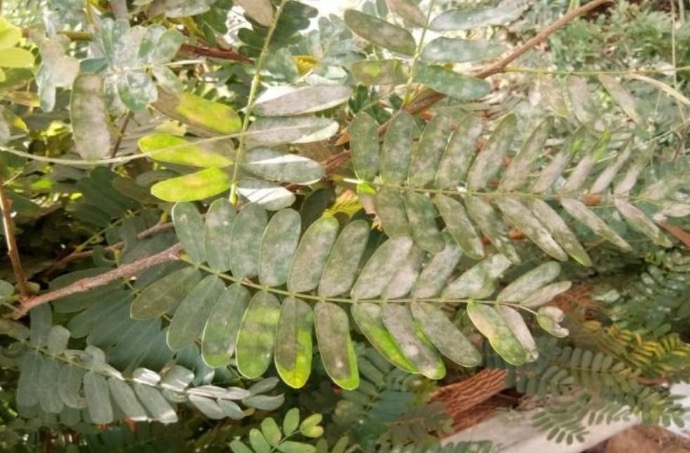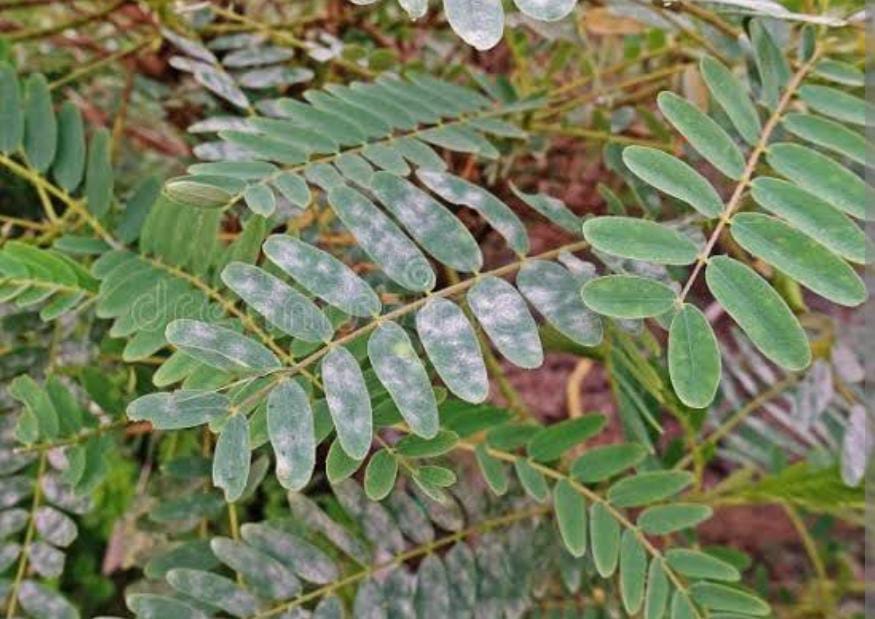Tamarind Plant
Tamarind, also known as Tamarindus indica, is an outdoor fruiting tree. Plant in well-draining soil with full sun exposure. Water consistently, especially during dry periods. Pruning can be done to shape the tree and remove crowded or dead branches. Fertilize during the growing season.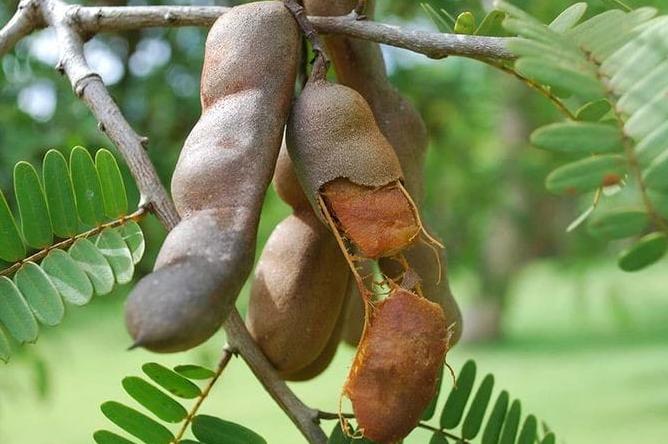
Habit
Tree
Height
10 to 20 m
Growth
Fast
Soil
Well-drained, Sandy Loam
Shade
Full Sun
Moisture
Moist
Edible
Yes
Medicinal
Yes
Origin
Africa, Asia
Climatic Condition
Tropical, Subtropical
Temperature (°)
25°C to 35°C
Humidity (%)
60% to 70%
Potting media
50% Loam, 40% Sand, 10% Organic Matter
Fertilizers
Organic Fertilizer
Watering
Regular watering
Plant Weight
15 to 25 kg
Flowering Time
Summer to Fall
Soil Ph level
6.0 to 7.5
Water Ph level
6.0 to 7.0
Soil EC
0.6 to 1.2 mS/cm
Yield Per Plant
40 to 60 kg per plant
NPK ratio
10:10:10
life Span
30 to 50 years
Health Benefits
High in Vitamin C, Antioxidant
Suggested Grow Media or Potting Mix ?
40% compost, 30% peat moss, 30% perlite
Suggested Fertigation/Fertilizers
Fertilize every 4 weeks with a balanced, water-soluble fertilizer.
Common Diseases and Remedies
Powery mildew
Leaf edges curl upwards, exposing the white, powdery fungal growth.
pottasium bicarbonate.
HEALTH BENEFITS
· Rich in Antioxidants – Helps fight inflammation and oxidative stress.
· Aids Digestion – Contains natural laxatives that help relieve constipation.
· Heart Health – Lowers bad cholesterol and regulates blood pressure.
Improves Iron Levels – Helps prevent anemia.
What is Tamarind ?
Tamarind is a fruit with a unique taste that can also be used in the form of chutneys as a spice and sugar seasoning in various Indian dishes, especially mouth-watering chaat dishes. Masu. Native to South Africa, sweet tamarind grows on trees with the scientific name Tamarindus indica L.
What Are The Different Types Of Tamarind
Among the 17 clones evaluated, the promising clone GKVK -17 recorded the highest total yield of 1109 kg/tree and average yield. 100.81 kg/tree, followed by Hosakote selection H-15 and H-12 recorded a total yield of 624 kg/tree and 554 kg/tree respectively and the average yield was 56.72 kg/tree. 9. December 2019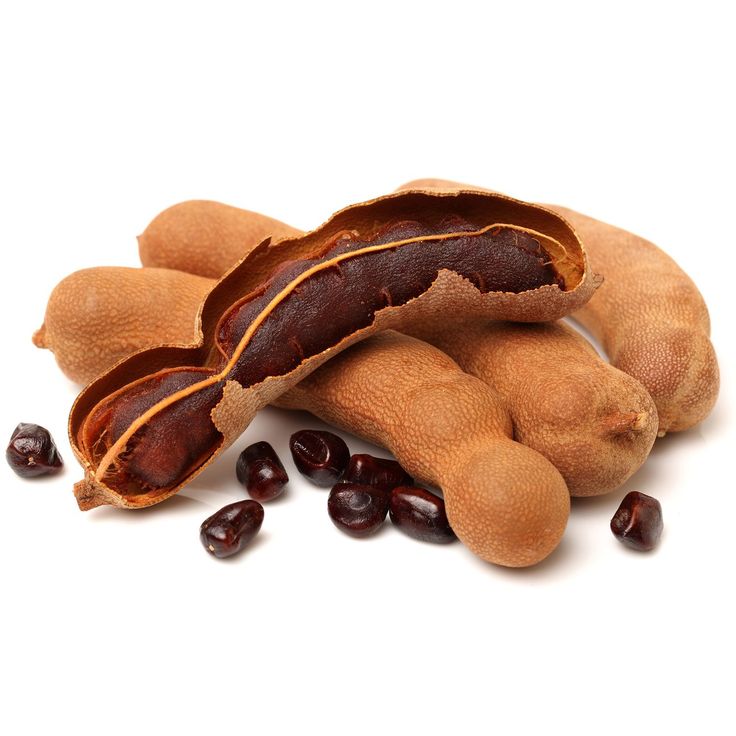
How To Care For Tamarind
Location
Many people have successfully grown tamarind indoors. They typically live in more northern climates and bring their trees indoors when nighttime temperatures reach 45°F. The keys are light.
Sunshine
Tamarind's Sweet Spot of Sunlight Tamarind trees love the sun and thrive in areas that receive at least 6 hours of direct sunlight per day. You're not the type to avoid a little glare. In fact, they absorb these rays to promote growth and fruit production.
Soil
Deep clay and alluvial soils are ideal for its growth and highest yields. Tamarind can be grown in soil with a pH between 4.5 and 9.0. Tamarind can be propagated by seeds, transplants, and buds.
Hydration
Optimal rainfall requirements are 750 to 1900 mm, but it can also be grown in areas with lower annual rainfall of 500 to 750 mm. Soil: Can grow in a variety of soils, but deep clay or alluvial soils are ideal as they provide optimal conditions for long taproot development. Tolerates slightly saline and alkaline soils.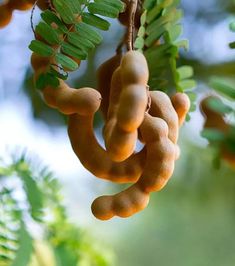
Nourishment
Perfect NPK Ratio A tamarind tree needs the right NPK ratio to bloom. These are nitrogen (N), phosphorus (P), and potassium (K). A balanced fertilizer such as 10-10-10 or 20-20-20 is often recommended. February 5, 2024
Issues
Tamarind seeds can affect digestion and long-term use of tamarind can cause tooth surface loss known as dental erosion. Therefore, you should consult your doctor before using tamarind. 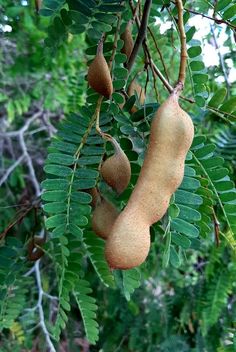
FAQs About Growing Tamarind
Is it good to eat tamarind?
Sweet tamarind has a good blend of all three essential components that maintain heart health: calcium, magnesium, and potassium. Magnesium helps maintain blood pressure and relax muscles, while calcium is necessary to prevent complications related to high blood pressure.
What happens if you eat tamarind every day?
Tamarind is rich in polyphenols and flavonoids, which have been shown to lower LDL cholesterol and increase HDL cholesterol, thereby reducing the risk of atherosclerosis . Dried fruit pulp has also been shown to have antihypertensive effects, lowering diastolic blood pressure.
Does tamarind raise blood sugar levels?
Tamarind is relatively high in sugar at 34 grams per half cup. However, it also has a low glycemic index, so it does not cause a spike in blood sugar levels. '', Part points out.
Can tamarind reduce belly fat?
Tamarind does not particularly affect the fat area of the abdomen. However, the hydroxycitric acid found in tamarind burns fat and helps you lose weight. Therefore, an overall reduction in body fat will also affect your stomach. However, to burn belly fat, you need to exercise regularly and eat a balanced diet. 12
Is tamarind suitable for women?
Tamarind is a fruit rich in various vitamins, minerals and antioxidants, which provides several health benefits. Here are some ways tamarind is good for women. Source of iron: Tamarind contains iron, an important mineral especially for menstruating and pregnant women.

